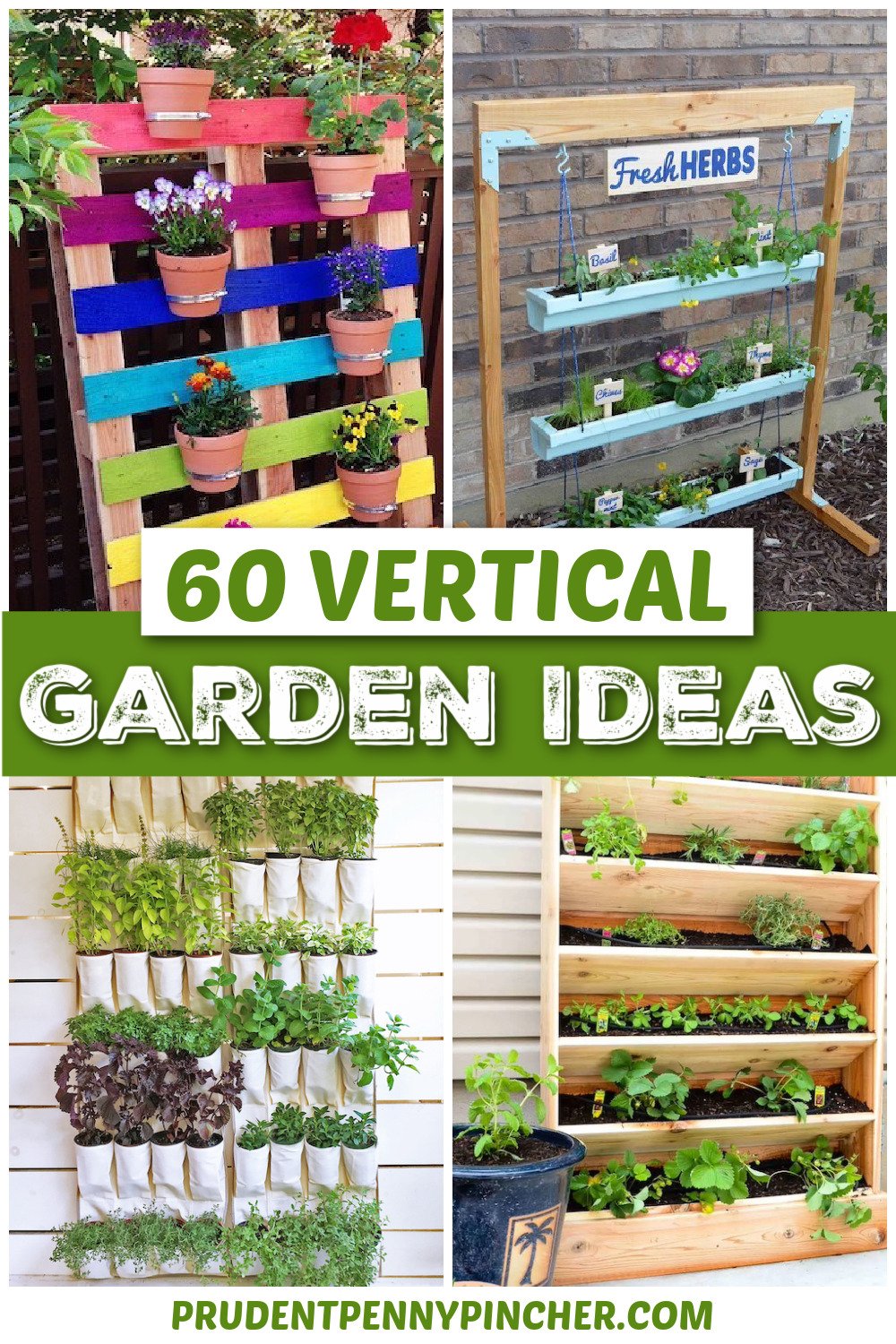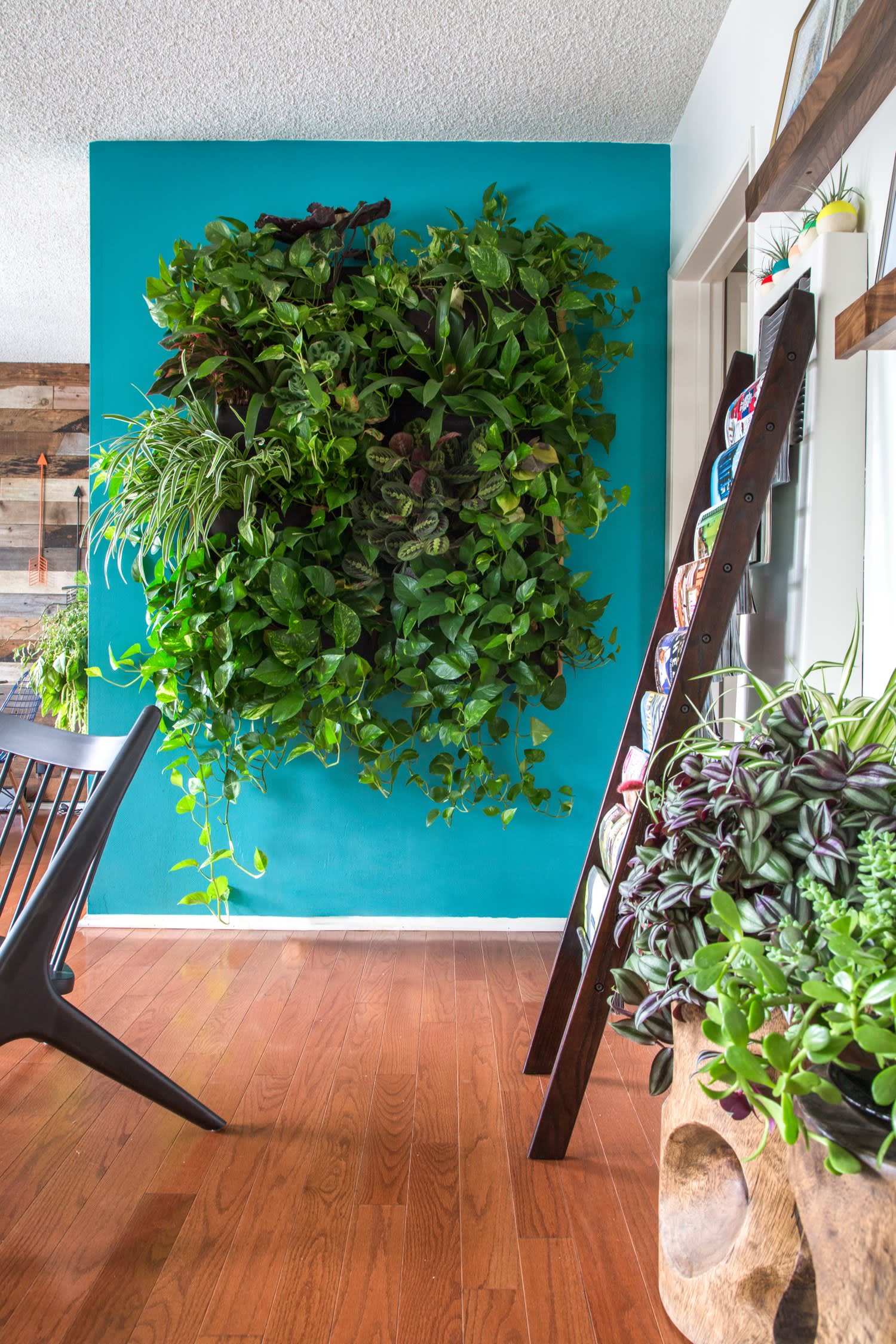How to Start DIY Vertical Gardening for Beginners

Are you tired of staring at blank walls or cramped spaces? Imagine transforming those dull areas into lush, vibrant oases with a DIY vertical garden. Vertical gardening is not just a trend; it's a revolution in urban and indoor landscaping. Whether you're a seasoned gardener or a novice, this guide will walk you through everything you need to know to start your own DIY vertical garden.
Understanding Vertical Gardening
Vertical gardening is the practice of growing plants upwards using a trellis, wall, or other vertical surfaces. It's an innovative way to maximize space and add a touch of nature to your home or office. But why should you consider vertical gardening?
Vertical Garden Benefits
Vertical gardens offer numerous benefits:
- Space Efficiency: Perfect for small apartments or urban homes where horizontal space is limited.
- Aesthetic Appeal: Adds a unique and beautiful touch to any room or outdoor area.
- Air Purification: Plants naturally filter the air, improving indoor air quality.
- Therapeutic Effects: Gardening is known to reduce stress and improve mental health.
Getting Started with DIY Vertical Gardening
Choosing the Right Location
The first step in creating your DIY vertical garden is selecting the perfect spot. Consider factors like sunlight exposure, humidity, and temperature. Indoor vertical gardens typically thrive in areas with indirect sunlight, while outdoor gardens need more direct light.
Selecting Vertical Garden Kits
Vertical garden kits are a great starting point for beginners. These kits come with everything you need, including pots, mounting hardware, and sometimes even plants. Some popular options include pocket planters, wall-mounted planters, and hanging planters.

Vertical Garden Plants
Choosing the right plants is crucial for the success of your vertical garden. Some popular vertical garden plants include:
- Ferns: Thrive in shady, humid conditions.
- Succulents: Low-maintenance and perfect for dry, sunny spots.
- Herbs: Great for kitchen gardens; options include basil, mint, and rosemary.
- Vines: Like ivy and pothos, which can climb and cover walls beautifully.
Vertical Garden Ideas for Every Space
Indoor Vertical Garden
Indoor vertical gardens are perfect for adding a touch of nature to your living space. Consider using a wall-mounted planter or a pocket planter for easy installation. Plants like ferns, pothos, and succulents are excellent choices for indoor settings.
Outdoor Vertical Garden
Outdoor vertical gardens can transform a dull wall into a lush, green canvas. Use trellises, hanging baskets, or wall-mounted planters. Plants like ivy, climbing roses, and herbs thrive in outdoor conditions.
Step-by-Step Guide to Creating Your DIY Vertical Garden
Step 1: Plan Your Design
Before you start, sketch out your design. Consider the size of your space, the type of plants you want to use, and the overall aesthetic you're aiming for.
Step 2: Gather Your Materials
You'll need:
- Vertical garden kit or individual components (pots, mounting hardware, etc.)
- Plants
- Potting soil
- Watering can
- Tools for installation (screwdriver, drill, etc.)
Step 3: Install Your Vertical Garden
Follow the instructions that come with your vertical garden kit. If you're using individual components, make sure to securely mount your planters to the wall. Use a level to ensure everything is straight.
Step 4: Plant Your Garden
Fill your planters with potting soil and plant your chosen plants. Make sure to water them thoroughly after planting.
Step 5: Maintain Your Garden
Regular maintenance is key to a thriving vertical garden. Water your plants as needed, prune them to encourage growth, and keep an eye out for pests or diseases.

Tips for a Successful Vertical Garden
- Watering: Vertical gardens can dry out quickly, so regular watering is essential.
- Lighting: Ensure your plants get the right amount of light. Indoor plants typically need indirect sunlight, while outdoor plants need more direct light.
- Fertilizing: Use a balanced fertilizer to keep your plants healthy and vibrant.
Conclusion
Starting a DIY vertical garden is a rewarding project that can transform any space into a lush, green oasis. Whether you're looking to add a touch of nature to your home or office, or you want to maximize your outdoor space, vertical gardening offers a unique and beautiful solution. With the right planning, materials, and maintenance, you can create a stunning vertical garden that will bring joy and beauty to your life.
FAQs
What are the best plants for a vertical garden?
- The best plants for a vertical garden depend on your location and conditions. Ferns, succulents, herbs, and vines are popular choices.
How often should I water my vertical garden?
- Watering frequency depends on the type of plants and the environment. Generally, vertical gardens need to be watered more frequently than traditional gardens.
Can I create a vertical garden indoors?
- Yes, indoor vertical gardens are very popular. Choose plants that thrive in indoor conditions, such as ferns, pothos, and succulents.
What are the benefits of a vertical garden?
- Vertical gardens offer space efficiency, aesthetic appeal, air purification, and therapeutic effects.
Do I need a vertical garden kit to start?
- While vertical garden kits are convenient, you can also create a DIY vertical garden using individual components like pots, mounting hardware, and plants.
Start your vertical gardening journey today and watch your space come alive with vibrant, lush greenery!
0 Response to "How to Start DIY Vertical Gardening for Beginners"
Post a Comment